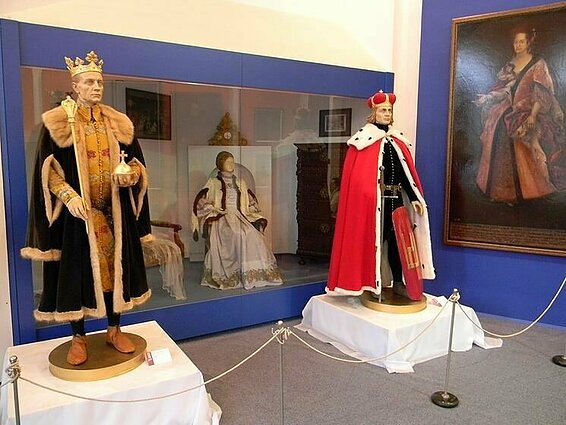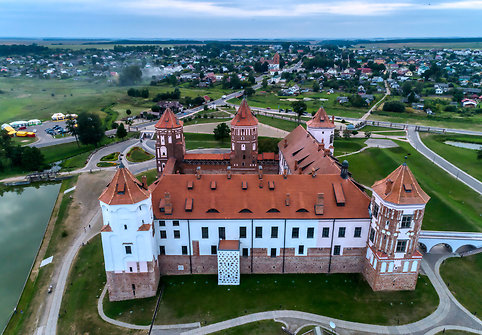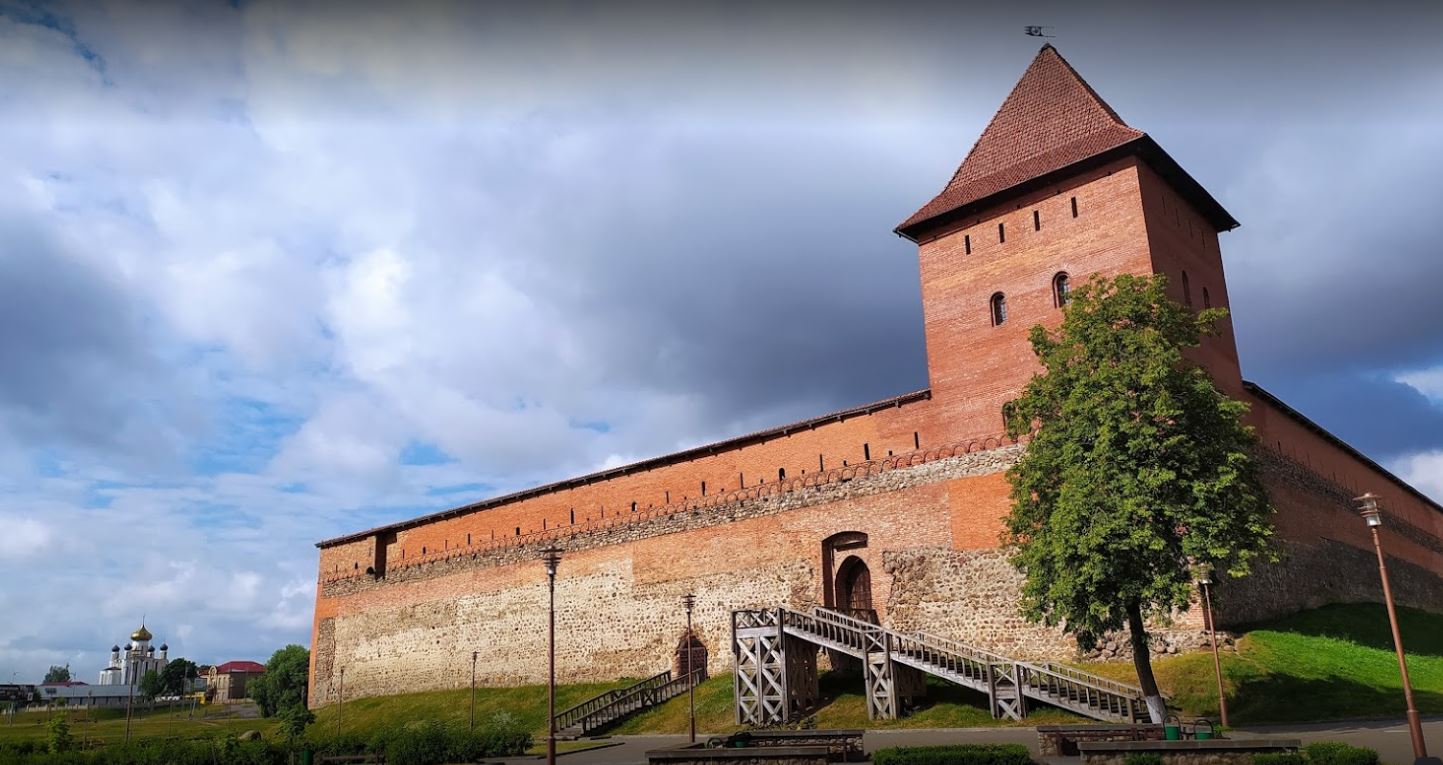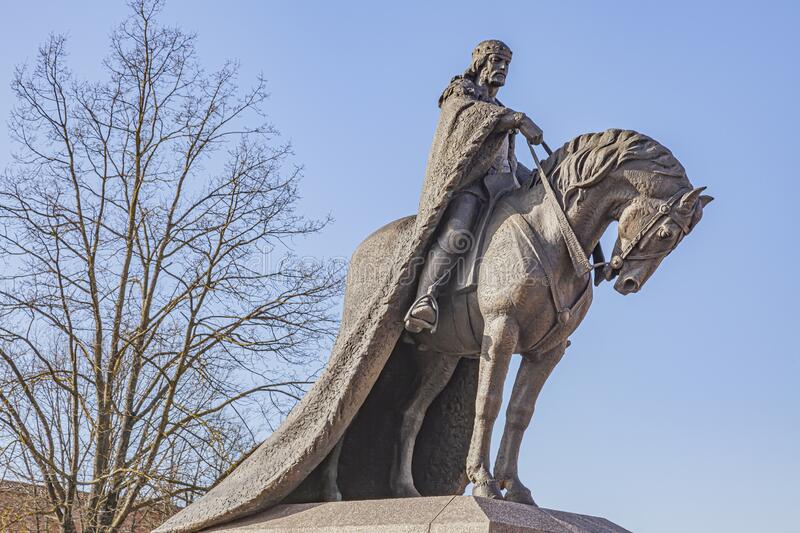
Dictator Revising History
Belarusian dictator Alexander Lukashenko talks about the Grand Duchy of Lithuania (LDK) as invaders as well as an integral part of the history of Belarusian statehood. His regime does not follow a coherent historical narrative and juggles conflicting facts to pursue unclear goals, reports LRT.lt.
Historians say that the territory of Belarus can certainly be called part of the LDK, but the regime uses this part of history in a way that suits its own interests. History is taught one way in the earlier grades, and another in the senior grades, says Rūstis Kamuntavičius, a historian at Vytautas Magnus University. What really happened? During the Middle Ages, the LDK expanded eastwards, annexing territories inhabited by Ruthenians in what are now Belarus and Ukraine. According to Kamuntavičius, there were too few Lithuanians at that time to assimilate the Slavs of the LDK, and there was no such goal. The Ruthenians were a fully-fledged part of the LDK, and their importance is shown by the fact that the official language of the principality was Ruthenian, also often referred to as Old Belarusian.
“The intertwining was very strong, and it is difficult to distinguish how influential and important the Belarusians were. It was like a joint project, where it is difficult to calculate how much and what each nation contributed,” Kamuntavičius said about the ethnic composition of the LDK.

Experts distinguish three phases of the LDK historical narrative in Belarus. After the collapse of the Soviet Union, the historical white and red flag was used in Belarus. In education, it was claimed that the LDK was a joint Lithuanian and Belarusian state. When Lukashenko was elected president in 1994, he returned to the Soviet narrative, which claimed that the LDK was a Lithuanian state, while the real Belarus was forged when Vladimir Lenin came to power. However, in 2005 the narrative changed again, with a return to stating that the LDK was a Lithuanian-Belarusian state. According to Kamuntavičius, one of the possible reasons for this change was the rapprochement between Lukashenko and the opposition. “It was as if Lukashenko was listening to what the opposition was saying. How much he cared is not clear, but perhaps the rapprochement of the opposition had an impact,” the historian said.
The other reason is the Eastern Partnership and cooperation with the European Union. The history of the LDK allowed Belarus to portray itself as a European country. In addition, EU funds have been used to rebuild LDK-era castles and palaces in Belarus, which have become tourist attractions.

Another theory is that Lukashenko was trying to dissociate himself from Moscow. However, the narrative fluctuations do not reflect the real situation, as the education system remains on the same track, with an emphasis on Soviet history, said Maksimas Milta, associate analyst at the Eastern Europe Studies Centre. “Less and less attention is paid to real, independent history, which, of course, has elements of national revival, but these aspects are being eliminated,”
After the mass pro-democracy protests in Belarus in 2020, Lukashenko started persecuting historians and changed textbooks and university curricula to eliminate facts that could help the opposition, which was focusing more on the historical memory of the LDK. Another example of how the history of the LDK is slowly being erased from public discourse is the removal of the statues of Grand Dukes Vytautas and Jogaila, which were called Polish occupiers, from the National Museum of Belarus in mid-July.

According to Anna Krasulina, spokeswoman for former Belarusian opposition candidate Svetlana Tikhanovskaya, the speed with which the removal of the statues was carried out shows that the order to do so came from the top.

In July, Lukashenko also said that the Belarusian people were the backbone of the LDK. According to him, the Grand Duchy was also a defensive alliance with Baltic tribes, while Belarusian taught them to read and introduced them to the philosophy of Christianity. In Krasulina’s view, the Belarusian regime is using the common history as a source of disputes. She links this to Lithuania’s help to the Belarusian opposition.
Kamuntavičius argues that the LDK narrative could be used by Lukashenko for two completely different purposes. If Russia and Belarus were to attack Lithuania, claims that the LDK was a Belarusian state would suggest that Belarus is simply trying to take back its lands. “But if Lukashenko sees that the Russians are in a bad position, that the Ukrainians are beating them, he may throw himself into another direction, saying that Lithuanians are friends,” the historian said. According to Milta, Lukashenko’s oscillation between Russia and the West, using the history of the LDK, may also be an attempt to win better terms from Moscow. However, his claims about history are often contradictory and at odds with reality.





























